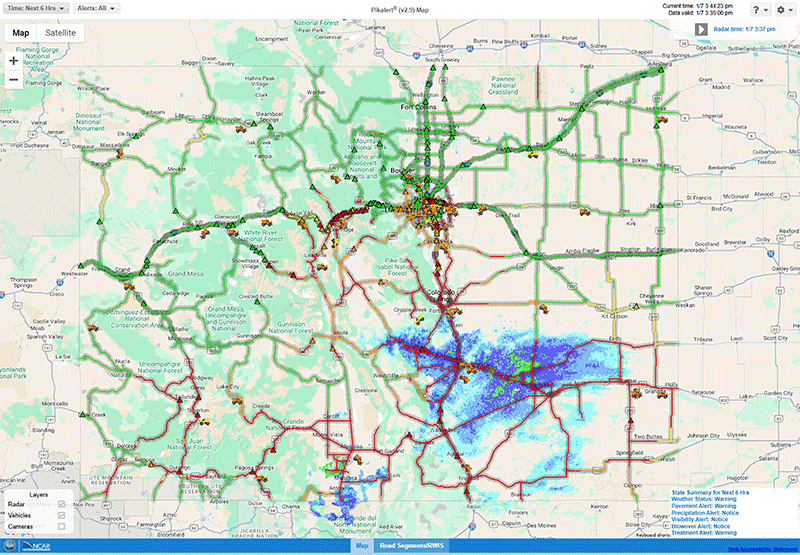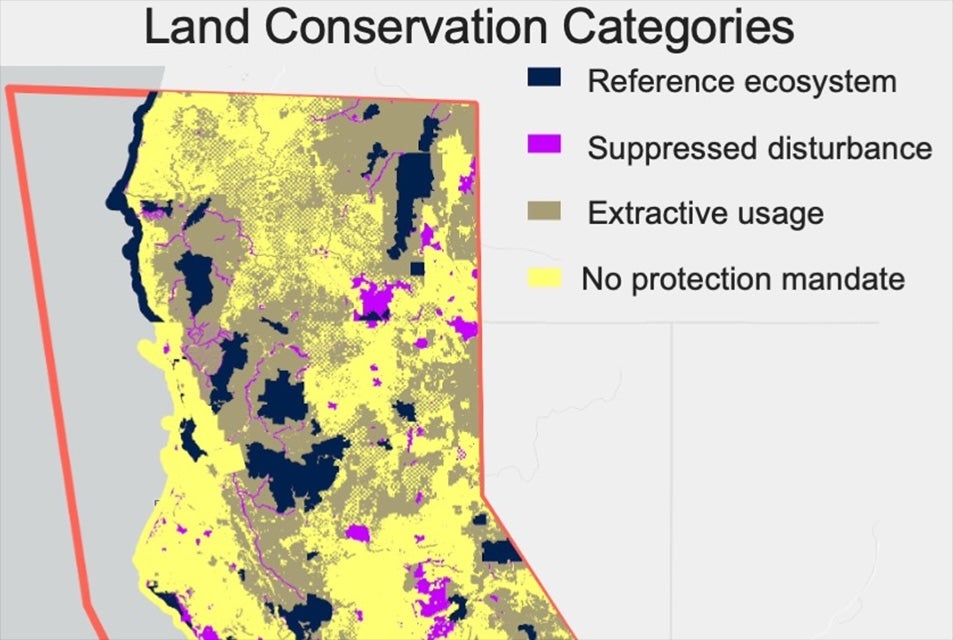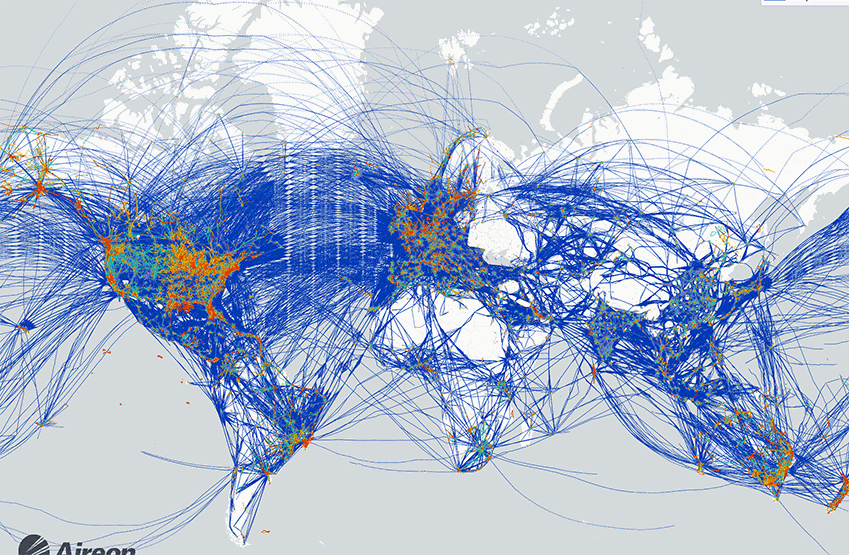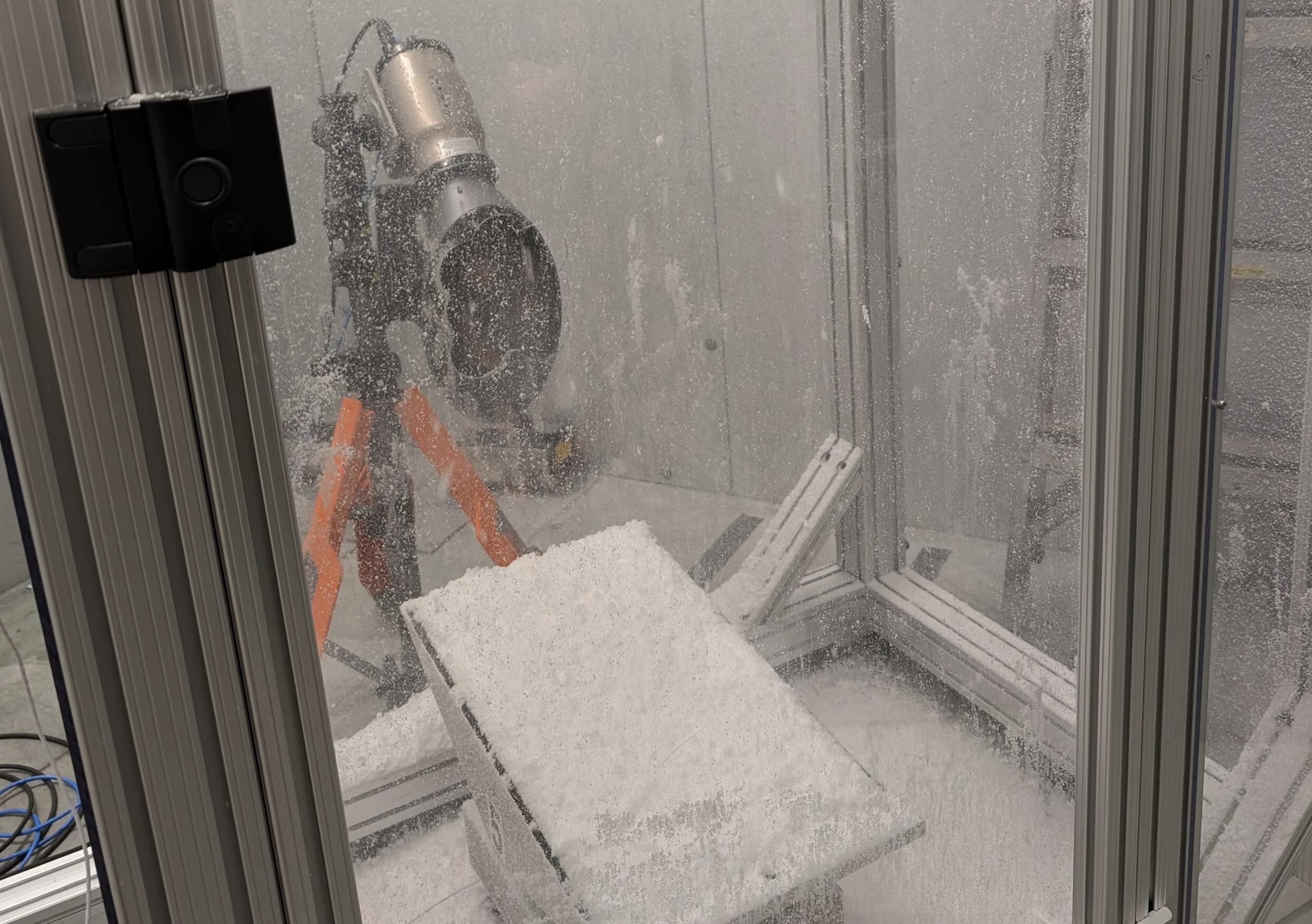Things That Go Bump on the Flight
Debunking the Myths of Turbulence

Tim Benjamin of Fear of Flying School, and previous petrified flyer, interviewed RAL’s Bruce Carmichael and Bob Sharman about what turbulence is, and why it doesn't threaten air travel safety. Since publishing the interview over 1000 people tuned into the podcast, and in many cases, it’s been liberating and life-changing.
Why you needn’t fear flying through turbulence: two experts debunk the myths
Bruce and Bob explain that for the most part, travelers experience “light” or “moderate” turbulence, when one feels a slight strain on the seatbelt or objects are slightly dislodged. On rare occasions, planes hit “severe” and “extreme” turbulence where coffee is spilled and flight attendants are directed to buckle up. They reassure us that after the plane goes through an “updraft” or downdraft,” which typically last just a few seconds, no damage is done to the plane. It may feel like the wings may snap off or bolts may loosen, but structurally, they remain solid.
So what is RAL currently working on? Soon, pilots in the cockpit will have up-to-the-minute turbulence information at their fingertips, using IPads to get real-time atmospheric conditions. RAL is continuing to develop and implement a product that will provide rapid updates (every 15 min) that incorporate and utilize all available turbulence observations (from in situ or remote measurements). This nowcasting product is necessary due to the rapidly evolving nature of atmospheric turbulence, especially in the vicinity of storms.
The forecast system, Graphical Turbulence Guidance (GTG), will be extremely useful for route planning and strategic avoidance of turbulence. GTG has operational and experimental versions that predict aviation-scale turbulence related to upper-level fronts and jet streams and mountain waves out to 12 hours. Versions of this will include terrain-induced turbulence and turbulence associated with convection, and provide forecasts out to 18 hours, thus expanding the altitude range covered as well as the utility of the product.
So next time you hit turbulence, no need to reach for the Valium and Scotch, reach for the eye shades and let the rocking of the plane lull you into that nap you deserve. That’s what RAL scientists and engineers will be doing. That’s what former-paralyzed-with-fear turned confident flyer Tim Benjamin does.
Laura Curtis is a writer for NCAR's Research Applications Laboratory








